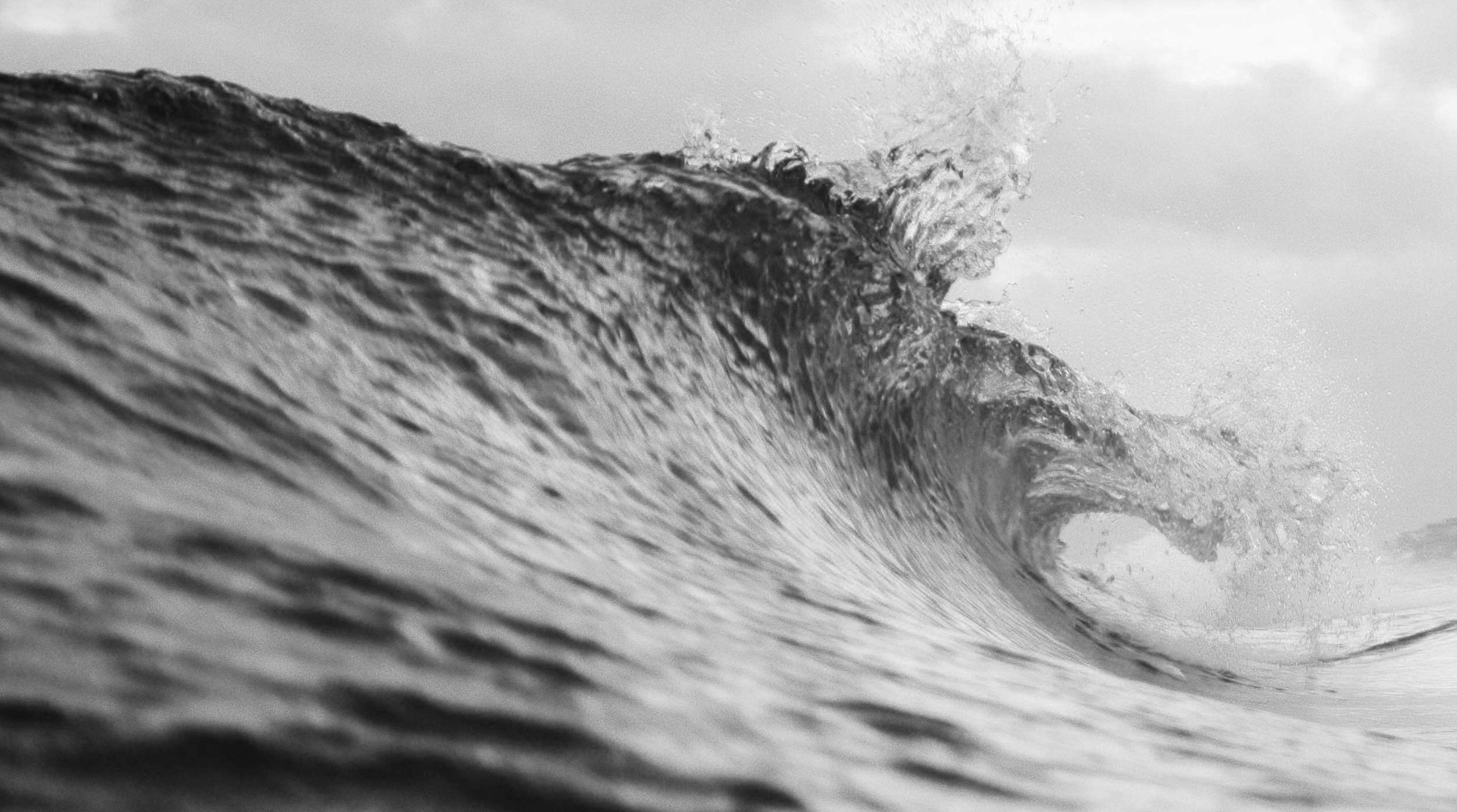Issue
The Klawock River watershed and lagoon system, located on Prince of Wales Island in Southeast Alaska, has over 132 miles of streams that serve as spawning habitat for at least seven salmonid fish species. Historically, this fishery supported a commercial fishing industry and a traditional subsistence harvest by the local Native American population. Recently, numbers of returning salmon and trout have declined dramatically, likely as a result of construction of a causeway that hindered the movement of juvenile salmonid fish from the rivers to oceanic waters. In 2009, The Nature Conservancy (TNC) received funding from NOAA’s Restoration Center through the American Recovery and Reinvestment Act to restore access to the ocean and increase tidal exchange within the lagoon by installing a “fish friendly” culvert. To evaluate the success of the culvert, resource managers need to measure the changes in aquatic habitats resulting from improved circulation in the lagoon and the increased availability of nursery habitat to juvenile salmonid fish.
Process
Although the area of interest is small (approximately 600 acres), a comprehensive inventory of critical habitats did not exist. To fill this need, TNC and the NOAA National Marine Fisheries Service initiated the project, and the NOAA Office for Coastal Management provided remote sensing and habitat mapping technical assistance. Aerial multispectral imagery was recognized as a powerful source of information on shallow submerged and intertidal habitats in the lagoon, but the remoteness of the area, the short growing season, and restrictive tidal and weather windows threatened to make this approach unfeasible. However, with support from this office, a private-sector vendor was identified and an approach for collecting imagery suitable for the mapping was developed. Despite very challenging weather conditions and key timing requirements, useful imagery was collected in April 2011. The partners collaborated further to collect field information, including “kayak-digitizing” to support the mapping. These data and semi-automated image processing were used to complete the final high-resolution digital data set for the area. Additional hard-copy maps were also produced to support local planning and outreach efforts.
Impact
The high-resolution, low-tide imagery and derived benthic habitat maps are the only products of their kind available to researchers and decision makers in the region. The extent and distribution of eelgrass meadows and salt marsh ponds, critical as nursery and shelter areas for juvenile salmonids, can now be monitored for change. These areas can also be more effectively sampled to measure the anticipated recovery of the Klawock fishery. Perhaps more importantly, this effort demonstrates the value of the partnership between local stakeholders, national conservation groups, federal agencies, and the private sector in collaborating at the grass-roots level. In this case, each party contributed its unique capability and expertise. Creating these types of cooperative efforts is one of the primary goals of the Digital Coast. Their success can serve as a model for other groups facing challenges beyond any one organization’s capacity.

